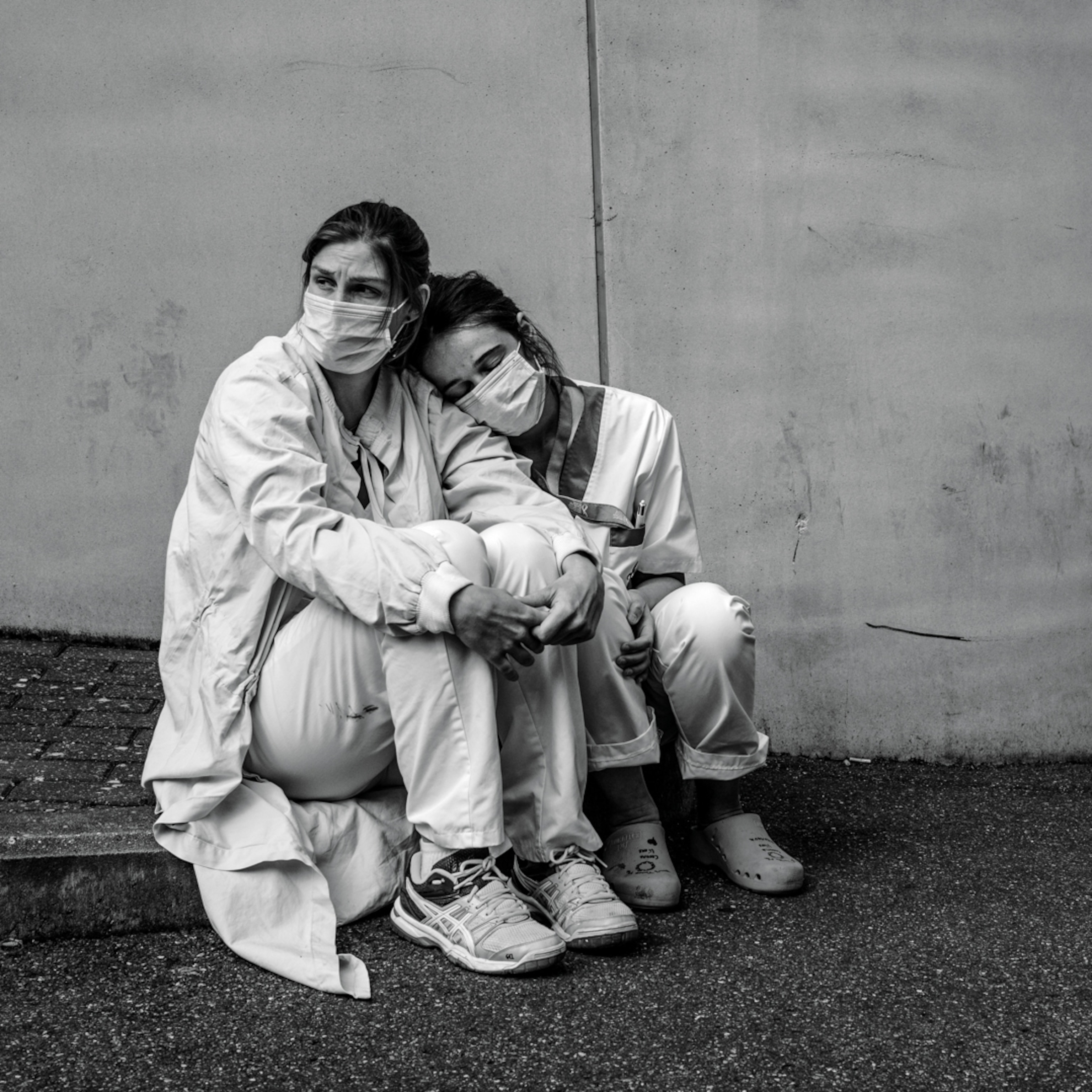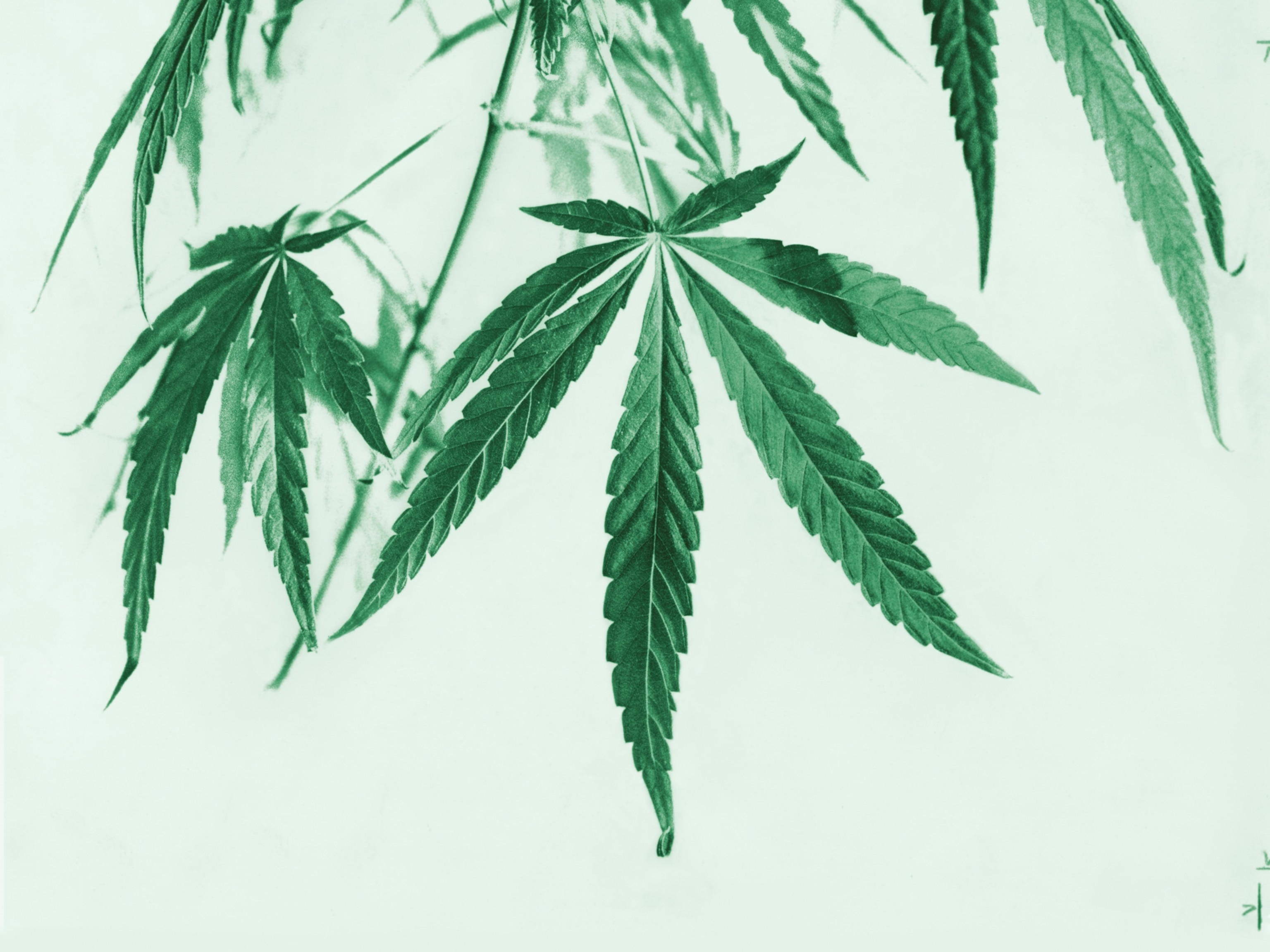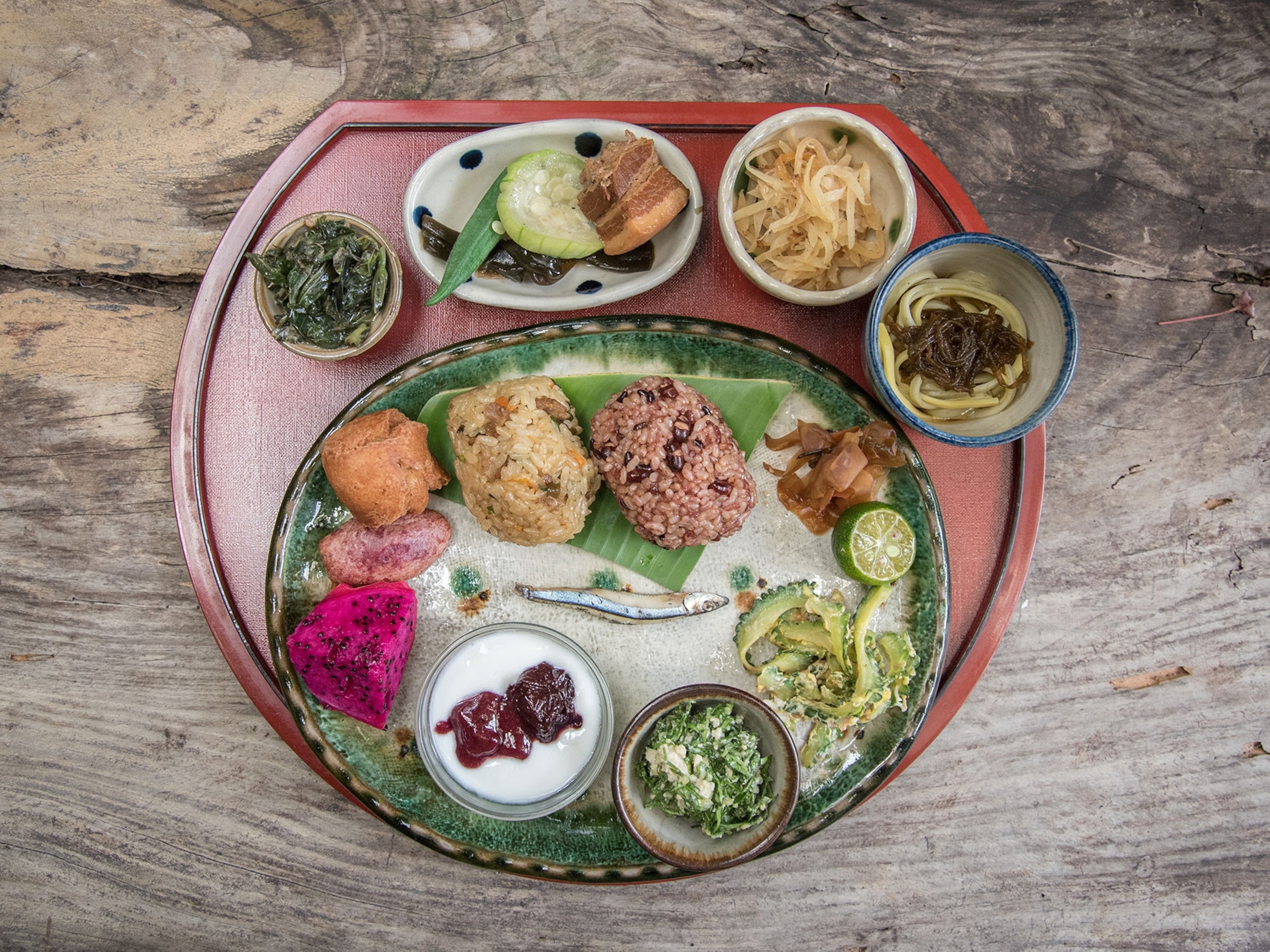Strokes are on the rise—and these are the reasons why
The biggest risk factor for stroke is the same in every country in the world, and it’s also the easiest one to reverse.
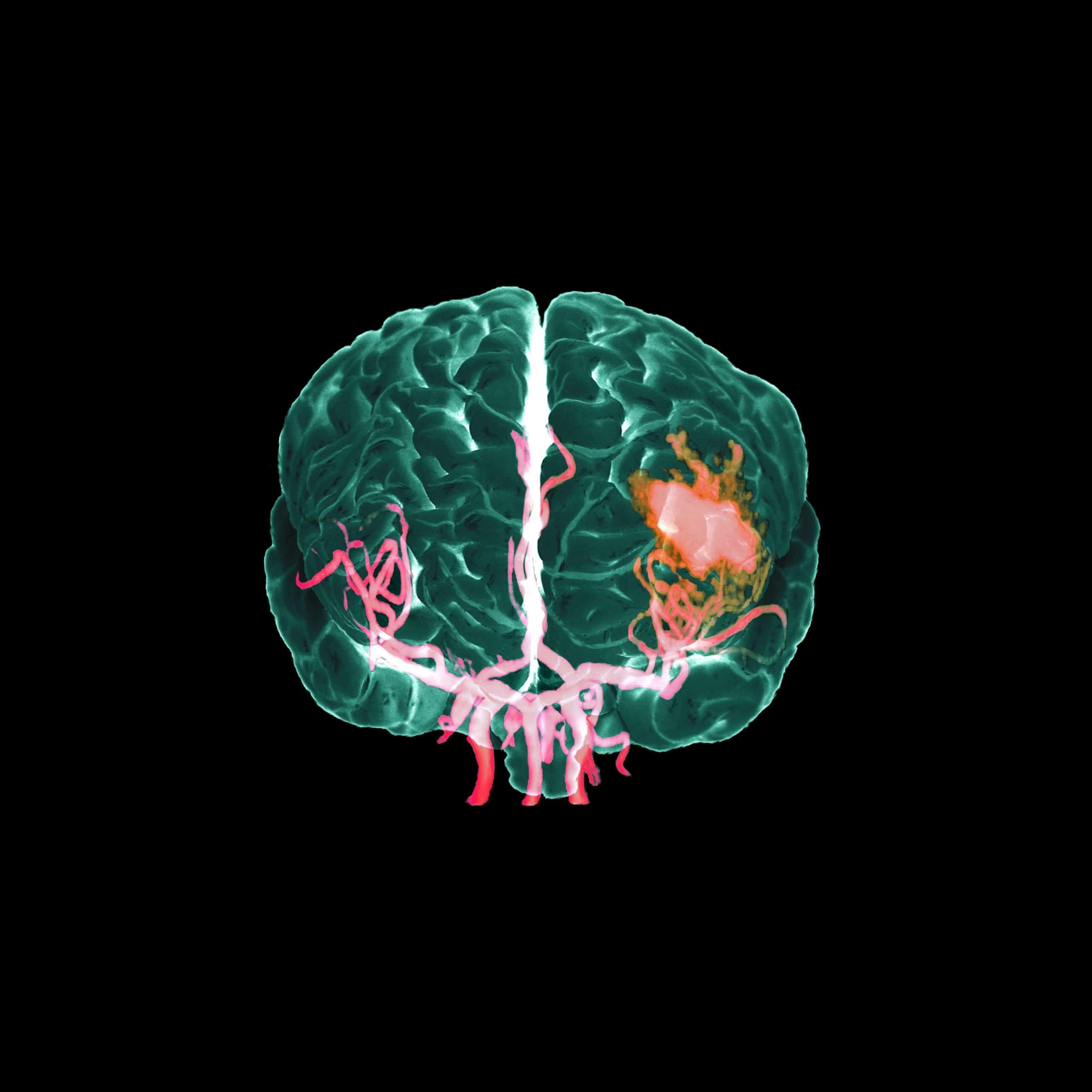
The number of people who have had a stroke has been rising in the U.S. and worldwide. While stroke victims are living longer and surviving more, they’re also getting younger.
After dropping in the early 2000s, the overall proportion of people in the U.S. who had survived a stroke rose by 7.8 percent from 2011 to 2022, the U.S. Centers for Disease Control and Prevention reported in May. While strokes typically happen in older people, another CDC report from August found deaths from stroke among Americans aged 45-64 had increased 7 percent from 2013 to 2019—and then risen an additional 12 percent through 2021.
A new study in the Lancet Neurology reveals more people worldwide are surviving after a stroke, with no increases and even some decreases in strokes among adults over 70—but increases in strokes in younger adults, particularly those under 55.
“It’s important to know that stroke can happen at any age,” says Omoye Imoisili, an internal medicine doctor and the lead author of the May CDC study.
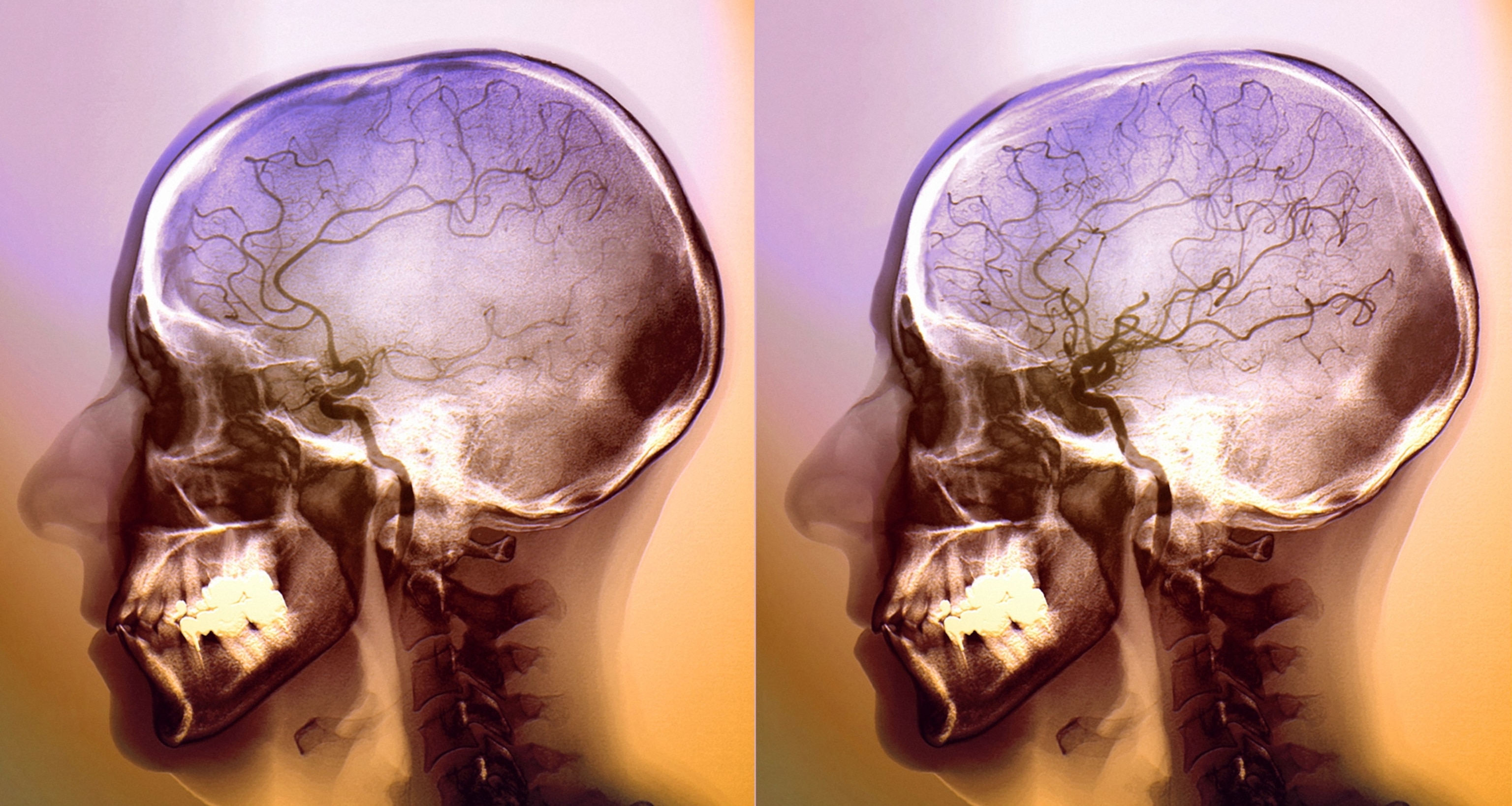
Who is most at risk for stroke?
About one in 10 people worldwide die from stroke, the third leading cause of death globally after heart disease and COVID-19 and the fifth leading cause of death in the U.S. Cardiovascular deaths, including stroke, dropped during the second half of the 20th century, but that decline slowed and then flattened by 2015, the global analysis shows. Though low- and middle-income countries have the highest stroke rates overall, increases driven by younger adults’ strokes have occurred in several high-income countries, including the U.S., in the past decade.
Growing risk factors range from climbing rates of obesity to hotter temperatures from climate change, but the single biggest risk factor is the same across every region in the world: high blood pressure, responsible for a little over half of all strokes, the Lancet study found. Another study published last month in JAMA Network Open revealed that more than half of all Americans with high blood pressure don’t even know they have hypertension—including 93 percent of those aged 18 to 44.
Fortunately, of all the risk factors for stroke, hypertension is also one of the easiest to monitor and change.
“If you want to do one thing across the entire globe, from the middle of the toughest areas of Africa and Southeast Asia all the way up to the high rises in New York City, it’s the same thing—measure your blood pressure,” says Matthew Schrag, a neurologist at Vanderbilt University Medical Center. A healthy blood pressure is anything below 120/80, which both lifestyle changes and medication can achieve.
“We have dozens of medications that are incredibly effective and cheap, and you can monitor this yourself at home with a $20 gadget that you don’t need any expertise to use,” Schrag says. “It’s long past time for a massive public health push around hypertension. It would not only prevent strokes, but it would prevent heart attacks and a lot of other problems as well.”
It’s not just those with very high blood pressure at risk. Valery Feigin, a stroke researcher at the University of Auckland in New Zealand who led the global Lancet study, says that most strokes and heart attacks happen in people with only moderately elevated blood pressure. Every millimeter reduction of systolic blood pressure (the top number) at the population level is associated with about a 10 percent reduction in stroke incidence. “When you target only high-risk people, you are missing out on most of the population with strokes,” he says.
(Meet the British mountaineer chasing small adventures after a life-changing stroke.)
What’s behind the increase?
Among more than 5.2 million adults surveyed in the May CDC report from 2011-2022, those with a previous stroke increased from just 2.7 percent in 2011-2013 to 2.9 percent in 2020-2022. While the increase may seem modest, it reverses the previous decade’s drop in strokes, and teasing apart that data reveals a more nuanced story.
The researchers calculated the number of living people who have had a stroke previously, not the number of new strokes occurring each year. So the numbers include a mix of more people surviving a stroke and living longer as well as increases in new strokes in population subgroups.
Although older age is a known risk factor for stroke, prevalence did not actually go up in adults aged 65 and older. The age group with the largest growth was 45 to 64, which ticked up a half a percentage point, representing a 16 percent increase. Among adults aged 18-44, stroke prevalence also rose by a tenth of a percentage point, which was a relative increase of 15 percent. In plain terms, younger adults still make up a very small proportion of overall strokes, but rates are climbing quickly in these younger groups with no increases seen in older adults.
The improvement in survival and older adults’ steady rates are no mystery. New medications, better treatment of chronic conditions and improved stroke care have helped with survival and prevention of initial and subsequent strokes, Feigin and Imoisili say. But the picture is more complex in younger adults.
“The change in stroke prevalence trends corresponds with prevalence trends for obesity and hypertension, which are common risk factors for stroke,” Imoisili says. September CDC data shows how U.S. obesity has increased over the past decade. Obesity prevalence was highest in the South, where many states had the greater stroke prevalence.
The CDC report also notes that the opioid epidemic could have contributed to more strokes. Ohio and Tennessee, both states hit particularly hard by the epidemic, saw the largest stroke increases. Although COVID-19 can increase the risk of stroke, rates did not change much before and during the pandemic.
(Here’s how COVID attacks the heart.)
Native Americans, Native Hawaiians/Pacific Islanders, and Black people saw greater stroke prevalence, possibly due to higher rates of chronic medical conditions, lower income levels and less healthcare access as well as barriers, “such as experiencing racism or systemic inequalities,” Imoisili says.
Globally, obesity’s contribution to stroke risk has increased by 88 percent since 1990, though hypertension remains the top risk factor and accounts for 57 percent of worldwide strokes, the Lancet study shows. Air pollution—both outdoor and indoor (from household burning of fuels)—is responsible for about 30 percent of worldwide strokes, Feigin says, but air pollution’s role has actually declined since 1990. Conversely, the contribution of higher air temperatures has grown by 72 percent, followed by increases in the contribution of high blood glucose levels and sugar-sweetened beverage consumption.
The part ambient air temperature plays in stroke is not straightforward, though. Despite the larger role of higher temperatures in stroke risk—and the predicted overall increase in U.S. and global deaths from heat due to climate change—temperature extremes in both directions matter. A global study this year and other recent research have found that cold temperatures have a bigger impact on stroke rates and deaths than hot temperatures.
What it all means for treatment and prevention
The takeaways from these findings are a mixed bag, Schrag says. More people are surviving strokes and living longer thanks to advancements in acute care and rehabilitation. But the higher proportion of stroke survivors also exacts a cost on society and on their caregivers. “It’s a good thing, but it also creates challenges,” Schrag says.
Prevention is a huge untapped opportunity. “You reduce blood pressure today, and tomorrow you reduce incidence of strokes,” Feigin says. And the vast majority of strokes are preventable, he adds.
For individuals, the first step is understanding their risk whether from lifestyle or family history, says Richard Temes, a neurologist at Northwell Health in New York. One major lifestyle change to lower blood pressure is reducing sodium intake, Feigin says. Ultra-processed foods are the biggest source of salt in our diets, he says. Changing one aspect of lifestyle can have a ripple effect. “Weight, hypertension, low physical activity, diet—all these lifestyle factors are interlinked,” he says. “You take one and make positive changes, and you influence others.”
Imoisili agrees: “It’s important to decrease your stroke risk by taking control of your health,” which also includes not smoking, limiting alcohol, controlling your cholesterol, and treating chronic conditions like diabetes.
Just as important as reducing personal risk factors of stroke is early recognition of it, she says. “The earlier you get to a healthcare setting where care can be provided, the better your chances of survival,” she says. The acronym FAST—for Face, Arms, Speech, and Time—includes three signs of a stroke: face drooping, arm weakness, and slurred or strange speech. Any of these means to call 9-1-1 immediately.
The bottom line is that people can do a lot to reverse these trends.
“We’re seeing more people in their 40s and 30s developing heart diseases and stroke, and the key is understanding your risk and recognizing that these are things we don’t necessarily have to accept,” Temes says. “We can take active steps in our lifestyles and our health, and as a community, we can impact our own futures.”


